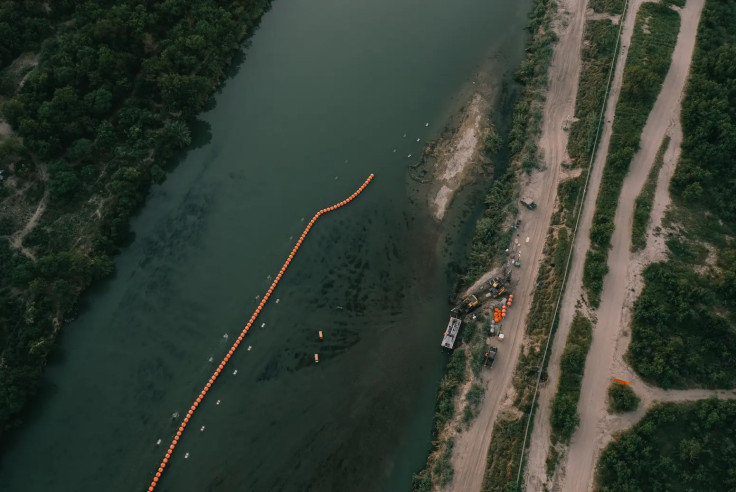
A long-standing water dispute between the United States and Mexico and particularly affecting Texas communities that depend on the Rio Grande, is growing in tension, with local leaders urging the Mexican government to fulfill water-sharing obligations or face potential cuts in U.S. aid, according to a Washington Post report.
Mexico, facing its own drought pressures, has historically been reluctant to deliver water from its reservoirs to the United States, actions that have left several Texas towns in a dire situation, with key reservoirs at historic lows.
The water shortage has already had significant economic impacts. A crucial sugar cane processing plant in Texas forced to shut down, resulting in hundreds of job losses and the cessation of a major cash crop. Citrus producers are also at risk; while their trees can survive a season with minimal water, prolonged drought conditions would devastate their crops. And at least one border town is considering halting new construction projects due to the lack of water.
Economic studies indicate that the total loss of irrigated crop production in the lower Rio Grande Valley could result in nearly $500 million in economic losses and approximately 8,400 job cuts.
Texas leaders are appealing to Secretary of State Antony Blinken to press Mexico on this issue and calling on Congress to withhold U.S. aid to Mexico until the water deliveries resume.
Mexican farmers are similarly affected, with some having protested water deliveries to the U.S. by occupying a dam in 2020. Efforts are being made in Mexico to improve water conservation and reuse, but these measures do not alleviate the frustrations of Texas water officials and farmers.
Historically, the Rio Grande flowed robustly from Colorado to the Gulf of Mexico. However, extensive development and a prolonged drought linked to climate change have severely diminished its flow.
Mexico's water deliveries have decreased due to the construction of new dams and reservoirs. According to the 1944 treaty, the U.S. is required to send 1.5 million acre-feet of Colorado River water to Mexico annually, while Mexico must deliver 1.75 million acre-feet of Rio Grande water to the U.S. every five years.
Data from the International Boundary and Water Commission indicate that Mexico has consistently fallen short of its obligations, delivering significantly less water than required in nearly every five-year cycle since 1997. The lack of steady water flow has left U.S. reservoirs Amistad and Falcon at 28 percent and 12 percent capacity, respectively, exacerbating the crisis as summer approaches.
The issue is further complicated by increasing water demands in both countries. Luis Ribera, an economist at Texas A&M AgriLife Extension, explained to the outlet that since the North American Free Trade Agreement (NAFTA) came to be, producers in northern Mexico shifted from dry crops like corn and cotton to more water-intensive fruits and vegetables destined for U.S. markets.
As the crisis continues, border communities like Mission, Texas, are implementing measures to manage their dwindling water supplies, the Washington Post added, including proposed bans on new building permits and tiered water rates to discourage excessive use. The region's reliance on unpredictable weather patterns, such as hurricanes, underscores the need for a more reliable solution.
© 2024 Latin Times. All rights reserved. Do not reproduce without permission.







